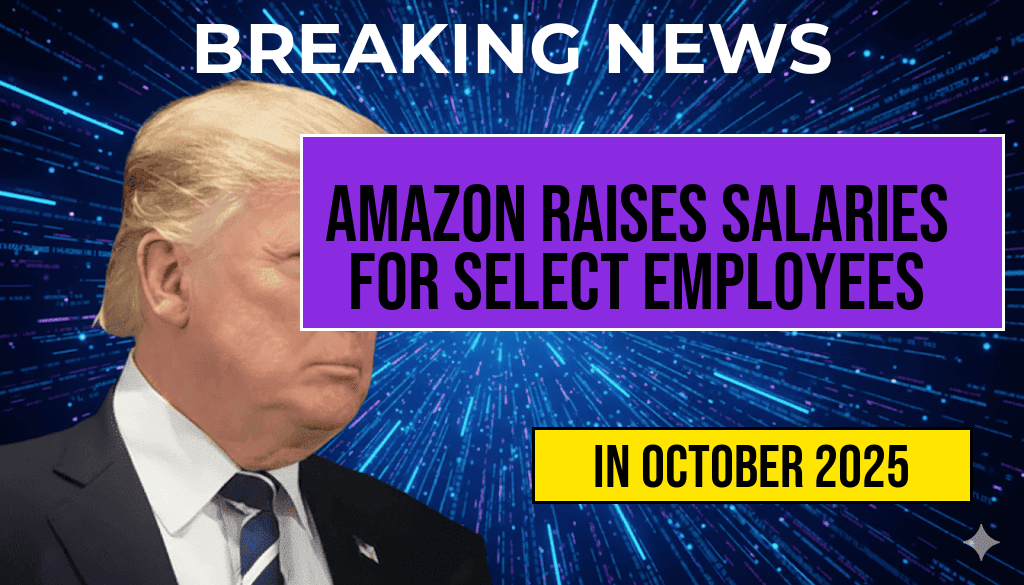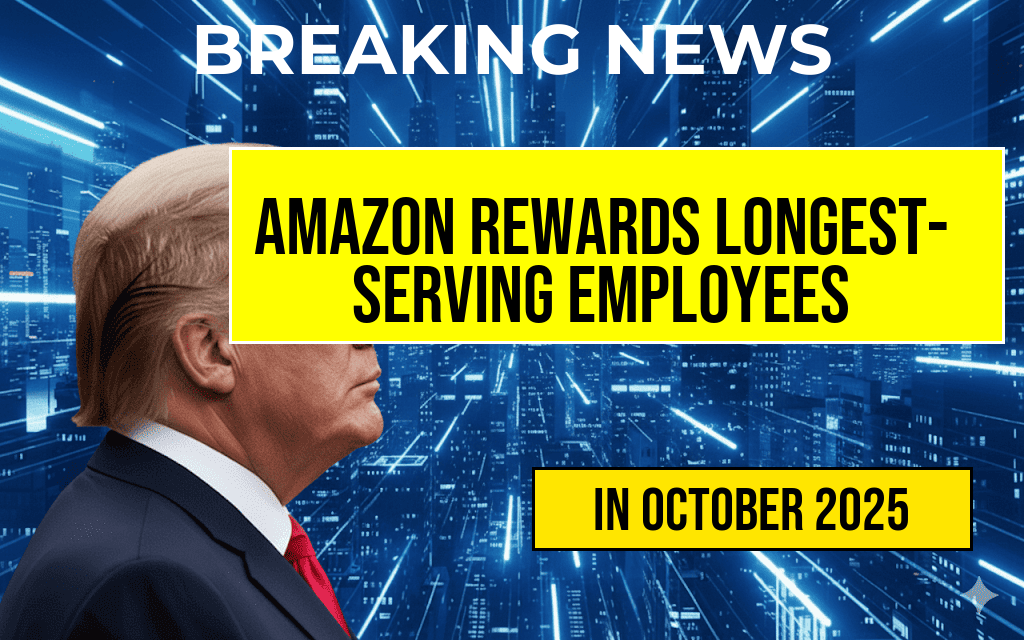Recent proposals to increase the minimum wage to as little as $1 per hour have sparked widespread debate among economists, small business owners, and labor advocates. Advocates argue that such a move could significantly boost earnings for low-wage workers and reduce income inequality. However, critics warn that this drastic shift could place immense pressure on small businesses already operating on thin profit margins, potentially forcing layoffs or even closures. As automation technology rapidly advances, many small enterprises are questioning whether they can sustain labor costs that are drastically lower than current standards, or if they will turn to technology as a cost-saving alternative. This complex interplay between wage policy and automation presents a pivotal challenge for policymakers aiming to balance economic growth with job security.
The Impact of a $1 Minimum Wage on Small Businesses
Financial Strain and Operational Challenges
Implementing a $1 per hour minimum wage represents a radical departure from existing federal and state standards. For small businesses, especially those in retail, hospitality, and service sectors, labor costs constitute a significant portion of operational expenses. A sudden reduction in minimum wage could initially seem beneficial, but in reality, it might lead to unintended consequences. Business owners may face difficulties in attracting and retaining quality employees if wages are set so low, potentially leading to higher turnover rates and decreased customer service quality.
Moreover, some small firms rely heavily on part-time or minimum-wage workers, and a drastic wage cut could undermine their ability to function effectively. For example, restaurants and local retail outlets often operate on tight budgets, and any reduction in labor costs might not compensate for other rising expenses like rent, utilities, and supplies. In such environments, cost-cutting through layoffs or automation becomes a tempting, if not inevitable, strategy.
The Automation Dilemma
As wages plummet, the allure of automation becomes more pronounced. Advances in robotics, artificial intelligence, and self-service technology have made automation increasingly affordable for small businesses. Automated checkout systems, robotic cleaning devices, and AI-driven customer service bots are already replacing human labor in various sectors. When wages fall to near-zero levels, the economic incentive to adopt these technologies intensifies, potentially accelerating job displacement.
This trend raises questions about the future of employment in small businesses. While automation can improve efficiency and reduce long-term costs, it also risks diminishing job opportunities for low-skilled workers. The history of automation illustrates that technological change often disrupts labor markets, sometimes with lasting societal impacts.
Economic and Policy Implications
Potential for Increased Unemployment
| Impact Area | Possible Outcomes |
|---|---|
| Employment Levels | Increased layoffs; reduced hiring; potential closures |
| Automation Adoption | Accelerated integration of robots and AI solutions |
| Worker Welfare | Mixed; some workers may see increased hours or benefits, others lose jobs |
| Business Viability | Potential for increased financial stress on small enterprises |
Balancing Wage Policies with Automation Trends
Experts suggest that a nuanced approach is necessary to minimize adverse effects. Phased wage increases combined with incentives for small businesses to adopt automation responsibly might mitigate some risks. Additionally, targeted workforce training programs could prepare low-skilled workers for shifts in employment patterns, emphasizing skills in technology management and maintenance.
Policy discussions also consider whether automation could be harnessed to complement human labor rather than replace it entirely. For instance, robotics can handle repetitive tasks, freeing workers for more complex or customer-focused roles. Such hybrid models could preserve jobs while enhancing productivity.
Broader Societal Considerations
Income Inequality and Economic Mobility
Proponents of a minimal wage increase argue that even a modest hike to $1 per hour could benefit workers in low-income brackets, especially in regions where living costs are rising. However, the economic consequences of such a drastic change might offset these gains if small business closures lead to job losses or reduced hours for other employees. The potential for increased automation could further marginalize low-skilled workers, exacerbating income disparities.
The Role of Policy and Regulation
As automation continues to reshape the labor landscape, policymakers face the challenge of creating regulations that support both economic growth and job security. Balancing incentives for technological innovation with protections for displaced workers remains a delicate task. Some experts advocate for comprehensive strategies that include social safety nets, retraining programs, and gradual wage adjustments to ensure smooth transitions.
For a detailed overview of how automation impacts employment dynamics, visit Wikipedia’s Automation page. Additionally, insights into wage policy debates can be found on reputable sources like Forbes.
Frequently Asked Questions
Question
How might a one-dollar wage increase impact small businesses financially?
Question
Could a minimum wage hike lead small businesses to lay off workers to manage increased labor costs?
Question
What role does automation play in mitigating the potential negative effects of wage increases on small businesses?
Question
Are there alternative strategies small businesses can adopt to handle wage increases without resorting to layoffs?
Question
How does government policy influence the relationship between wage levels and employment rates in small business sectors?









